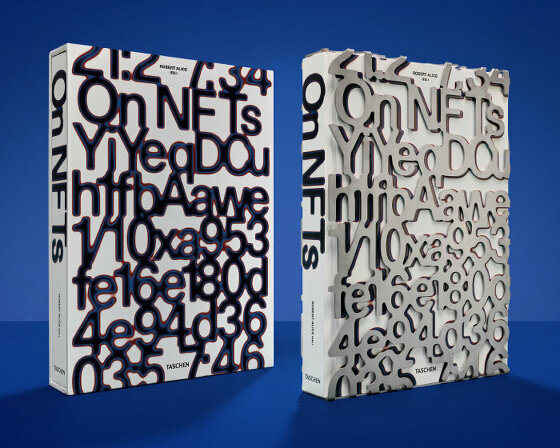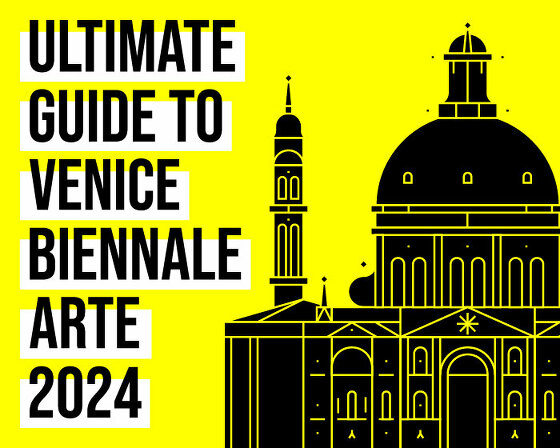KEEP UP WITH OUR DAILY AND WEEKLY NEWSLETTERS
happening now! dive into a week-long celebration of GROHE SPA’s immersive ‘aquatecture’ installation at milan design week 2024 in designboom’s video interview.
PRODUCT LIBRARY
as NEOM's vision celebrates 100% renewable energy, THE (OTHER) LINE is abound with fossil fuels, traffic, and pollution.
connections: +350
'building bridges with history helps us to understand how NFTs fit within the wider art historical narrative,' robert alice tells designboom.
with behemoth installations, scandinavia's largest exhibition of anish kapoor's works opens at ARKEN museum.
connections: +390
we're getting ready for the pre-opening launching today until friday, with public access scheduled for the 20th.
connections: 16
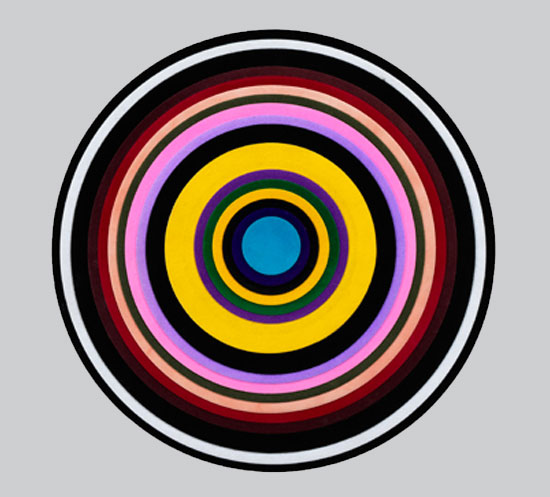
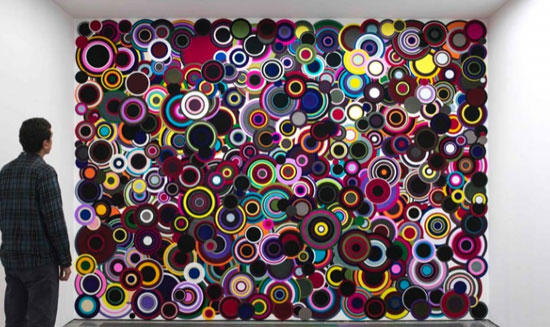 ‘the nemesis of nations’, exhibited in ‘indian highway’ at serpentine gallery, london, 2008/2009, bindis on fiberglass
‘the nemesis of nations’, exhibited in ‘indian highway’ at serpentine gallery, london, 2008/2009, bindis on fiberglass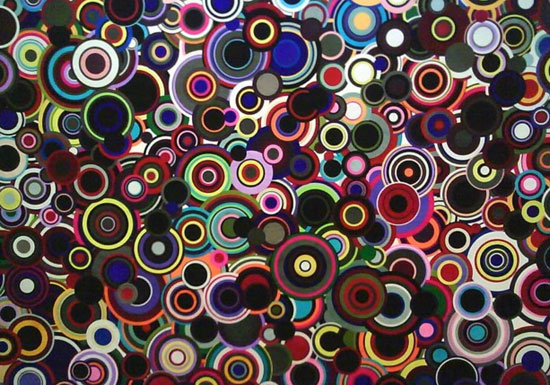 detail of bindis in ‘the nemesis of nations’
detail of bindis in ‘the nemesis of nations’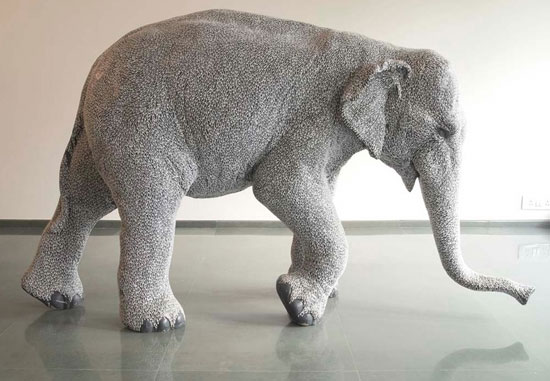 ‘I’ve seen an elephant fly’, 2002 life-size of a baby elephant, fiberglass and bindis
‘I’ve seen an elephant fly’, 2002 life-size of a baby elephant, fiberglass and bindis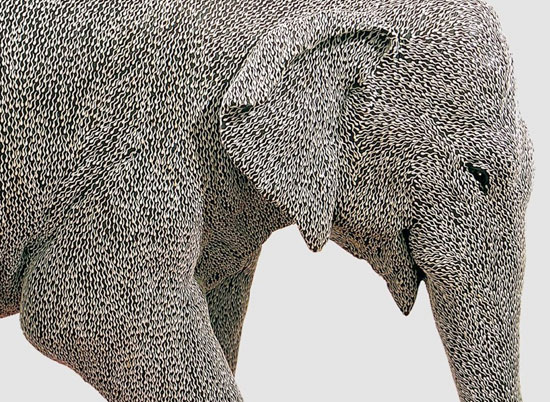 detail of bindis in ‘I’ve seen an elephant fly’
detail of bindis in ‘I’ve seen an elephant fly’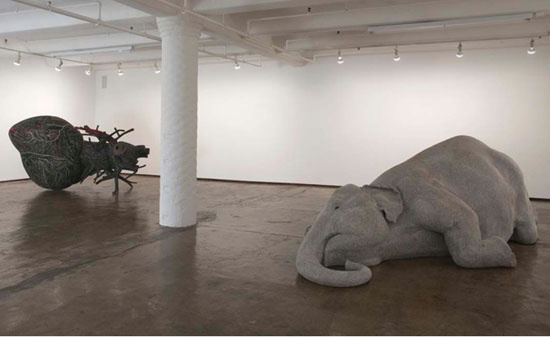 view of the exhibition ‘an absence of assignable cause’ in 2007 at jack shainman gallery, new york
view of the exhibition ‘an absence of assignable cause’ in 2007 at jack shainman gallery, new york 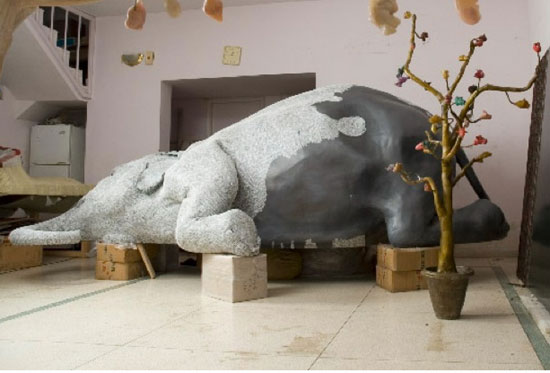 the making of ‘the skin speaks a language not its own’ bharti kher’s studio view, photo © anup sood
the making of ‘the skin speaks a language not its own’ bharti kher’s studio view, photo © anup sood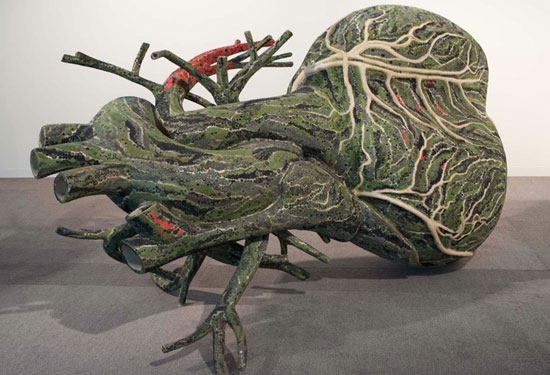 ‘an absence of assignable cause’, 2007
‘an absence of assignable cause’, 2007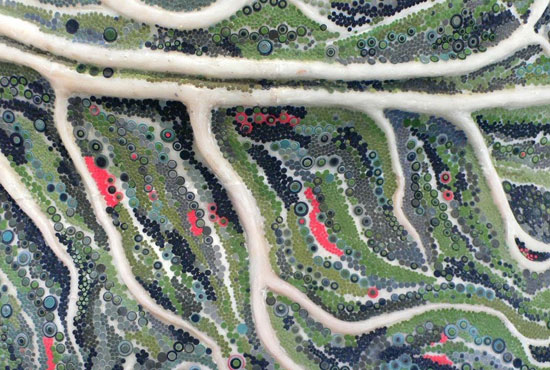 detail of bindis in ‘an absence of assignable cause’
detail of bindis in ‘an absence of assignable cause’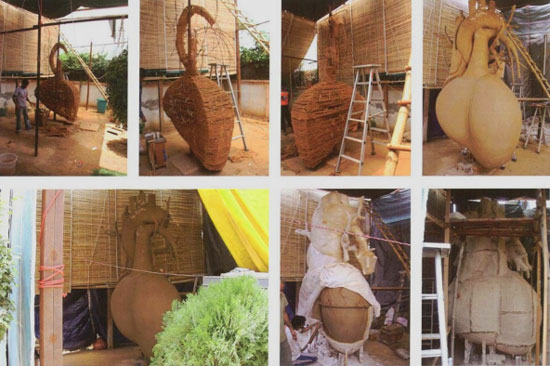 the making of the ‘an absence of assignable cause’ sculpture
the making of the ‘an absence of assignable cause’ sculpture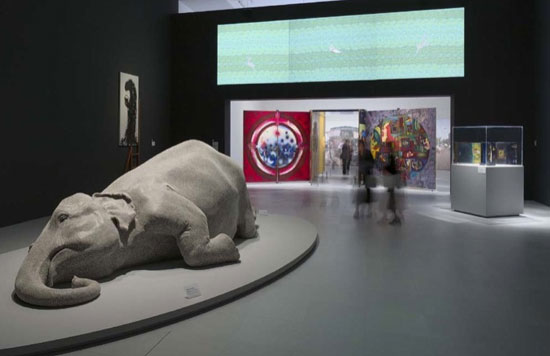 view of the exhibition ‘chalo! india: a new era of indian art’ at the mori art museum in tokyo, 2008/2009bharti kher was born in 1969 in london and was educated in painting and design at newcastle and middlesex polytechnics. since 1993, she lives and works in new delhi, india.
view of the exhibition ‘chalo! india: a new era of indian art’ at the mori art museum in tokyo, 2008/2009bharti kher was born in 1969 in london and was educated in painting and design at newcastle and middlesex polytechnics. since 1993, she lives and works in new delhi, india.



